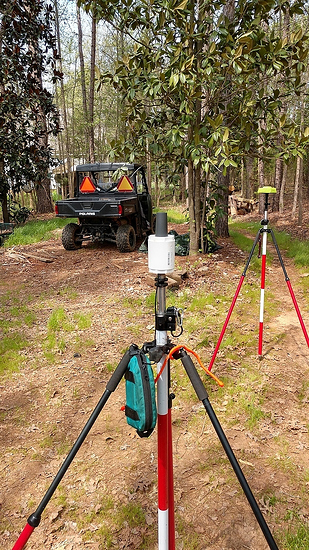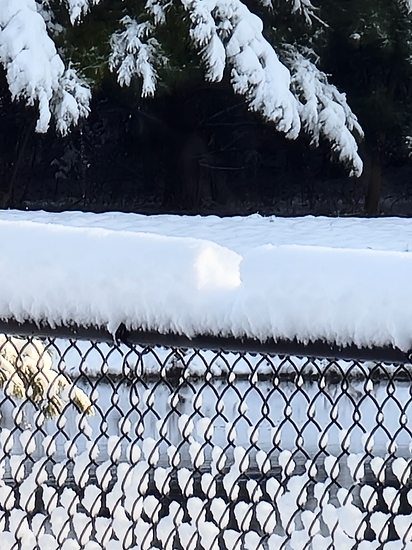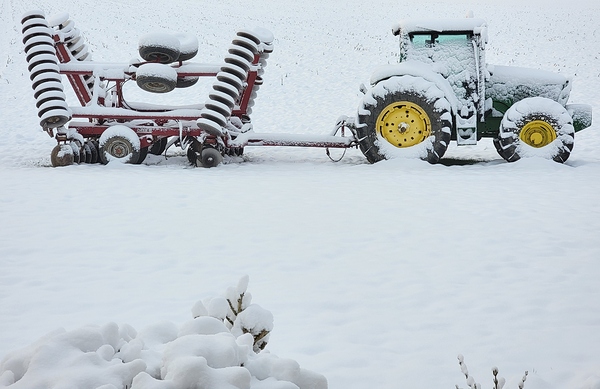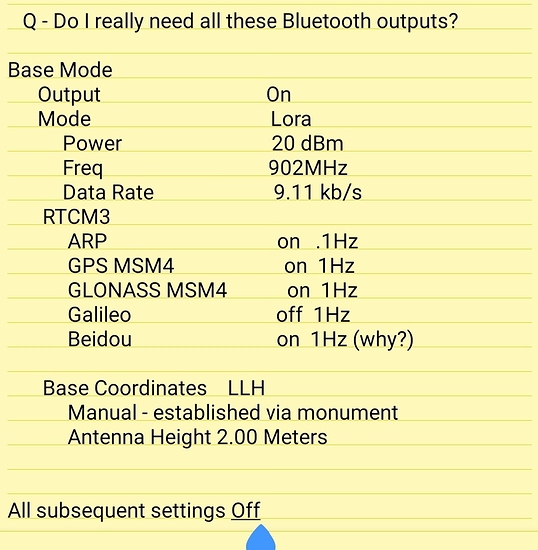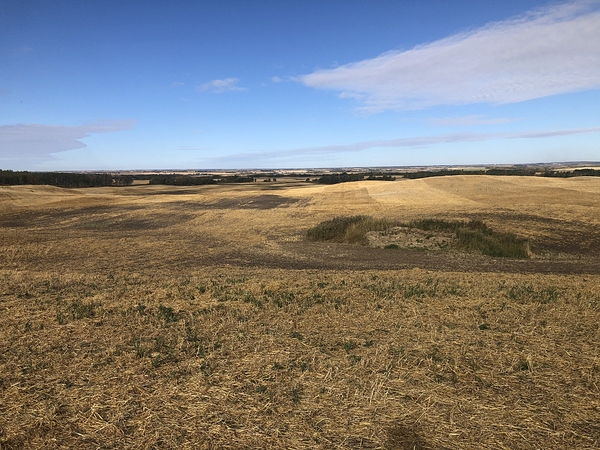Power supply noise has been on my mind from the very beginning. I had thought a usb battery would eliminate ripples but then realized they have to have step up/down converters of some kind to take charge/supply voltage into account. Right now I’m thinking maybe a plain old battery might be best. But there are no 5V batteries that I know of. Efficiency doesn’t matter at all for my application so maybe a simple transistorized divider will suffice.
What are you using for a low Ripple USB power supply for your Emlids? And where did you find them?
This is on my ToDo list. Need to figure out how first.
This is actually the plan - for just that reason. I was thinking I’d mill a flat into the central post to hold the reach in place. That makes a stop easy to do - no cradle required. For the final implimentation, the pot will be painted Deere Yellow - assuming I keep it. That said, I doubt heat is an issue right now. It was sunny but only 5C when I did that test and today it is snowing out. No testing today - been out in the shop pretty much all day.
Thank you! I do like it! I wish my mill was 1/4 that nice. The mill is an old beast made in the far east before they knew about thousandths or metric. One rotation on either axis has 11 units!!! Everything must be setup and/or done by hand/eye and measured 10x. Someday I’ll either get a newer one or add a DRO. In the meantime, it gets the job done!




